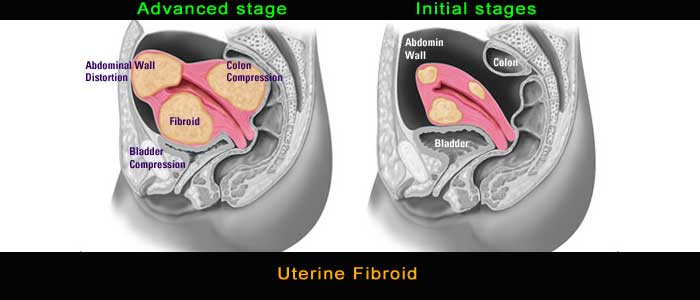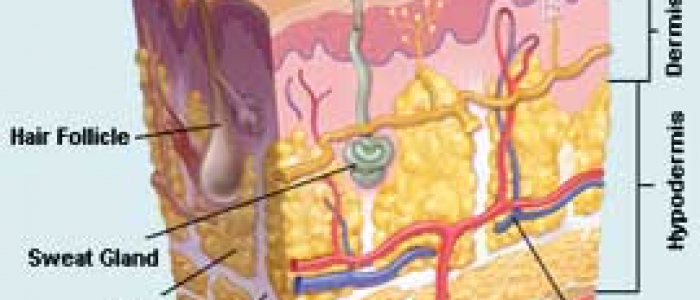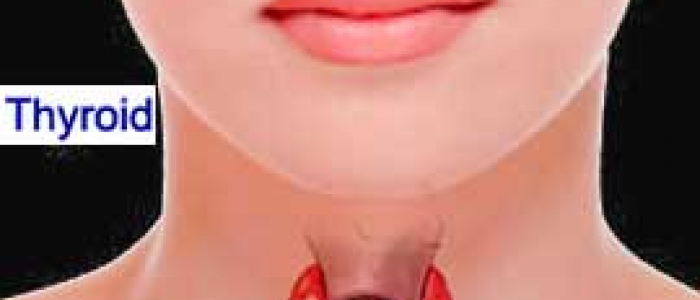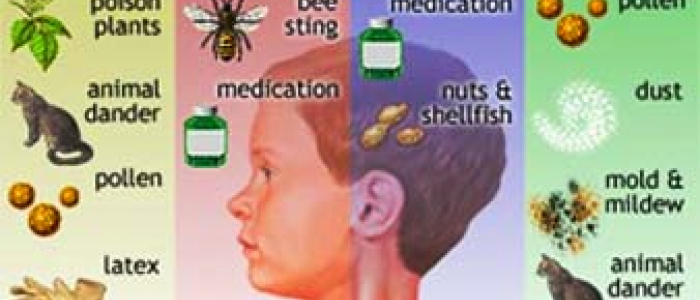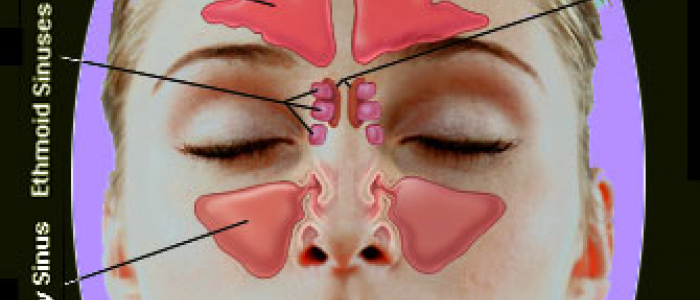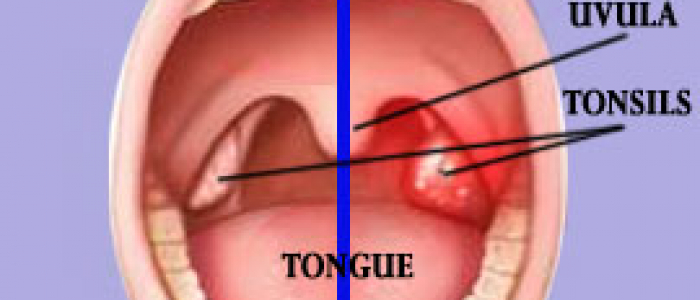
Thyroid cancer is uncommon and tends to be treatable, particularly because it’s often found in its early stages. Surgery is considered the first line of treatment — the gland is removed and hormone replacement drugs are used thereafter. Chemotherapy and/or radiation may also be used in conjunction with the surgery, but it depends on the patient and stage of the cancer.
As people get older, they become more prone to developing nodules, or growths, on the thyroid gland.
These nodules cause the gland to enlarge, which can cause difficulty swallowing and/or breathing, and in some cases may cause visible lumps on the neck.
“Thyroid nodules are common but they’re usually easy to remove and treat,” Nakhle said. “The large majority of patients with thyroid nodules won’t have any further problems but in about 5 percent of cases, the nodules are cancerous.”
Thyroid cancer is uncommon and tends to be treatable, particularly because it’s often found in its early stages. Surgery is considered the first line of treatment — the gland is removed and hormone replacement drugs are used thereafter. Chemotherapy and/or radiation may also be used in conjunction with the surgery, but it depends on the patient and stage of the cancer.
While thyroid cancer has a high survival rate compared with most other cancers, the incidence rate is growing. According to the American Cancer Society, thyroid cancer is the most rapidly increasing cancer in the U.S., with diagnoses tripling in the past three decades.
“Thyroid cancer is the only cancer that has been increasing continually, and we don’t know why,” Nakhle said.



